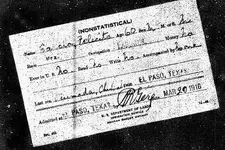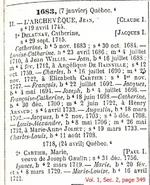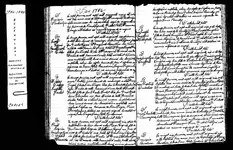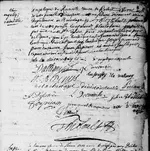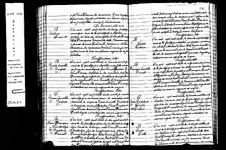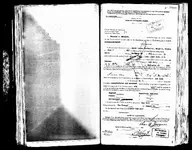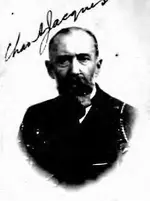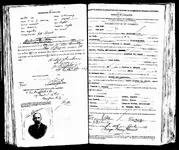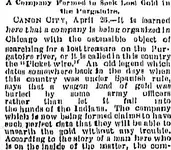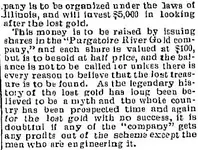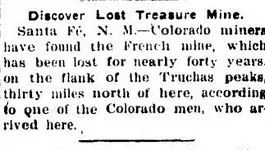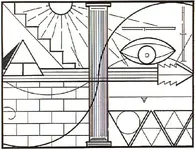Hello mdog
This might be of interest? There is a record in the Saone-et-Loire, France Births, 1546-1905
Name: Louis Villemont
Birth Date: 27 avr. 1741 (27 Apr 1741)
Birth Parish: Cluny (notre Dame)
Gender: masculin (Male)
Father: André Villemont
Father Occupation: Maistre de danse
Mother: Claudine Voguet
1st Witness/Godfather: CHACHUAT Louis Greffier
2nd Witness/Godmother: ROLLET Marguerite Fille de Benoist blanchisseur
Also this might be of interest?
Louis Joseph De Villemont Born in LA, Orleans Parish, New Orleans on 22 Sep 1767 to Jean Pierre De Villemont and Françoise Dorothée Devillièrs. Death date unknown?
Born on 1742 to De Villemont and Mme De Villemont. Jean Pierre married Françoise Dorothée Devillièrs and had a child. He passed away on 1781.
Amy
Hello Amy,
Louis Joseph Villemont is the Villemont I've been looking for. Thanks to you, I now have a place of birth and a date of birth. I haven't been able to find a date of death either. However, in 1848 there was a case for a validation of a Spanish land grant by the Villemont family and one of the petitioners was a Louis de Villemont. I don't know if that was him or not, if it was, he was pretty old.
https://law.resource.org/pub/us/case/reporter/F.Cas/0007.f.cas/0007.f.cas.0560.6.pdf
His father, jean Pierre, was a dualist and I believe he died from wounds suffered in a duel.
Petit de Coulange Family Notes :: Colonial Arkansas Post Ancestry
Petit de Coulange Family Notes :: Colonial Arkansas Post Ancestry Page 3 is Pierre.
Thanks again, Amy.
Rick
Last edited:




